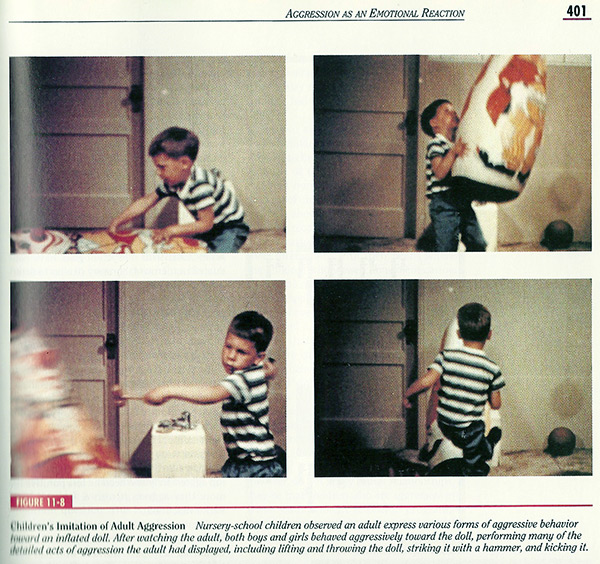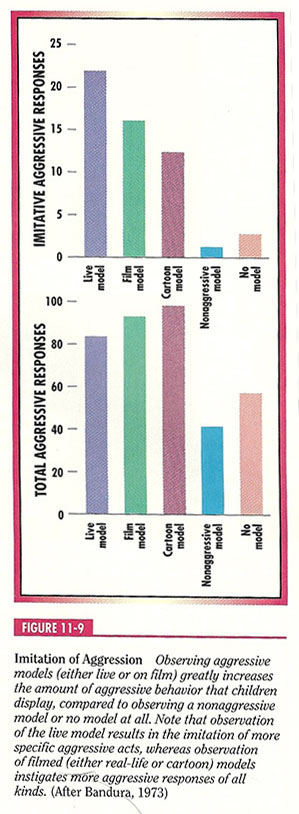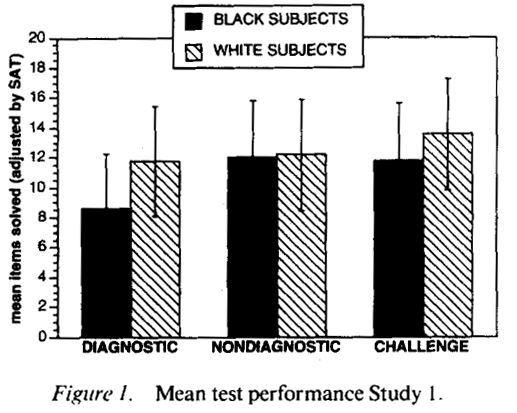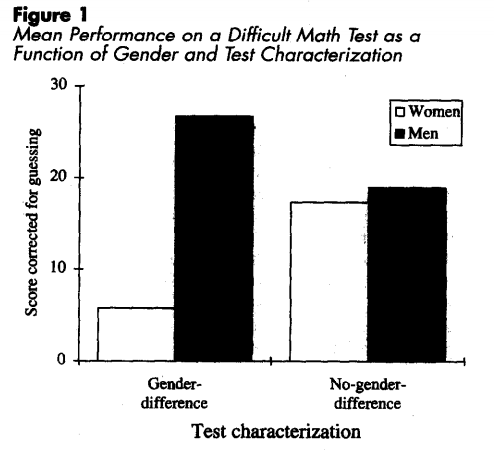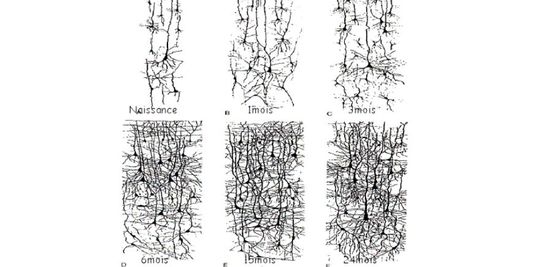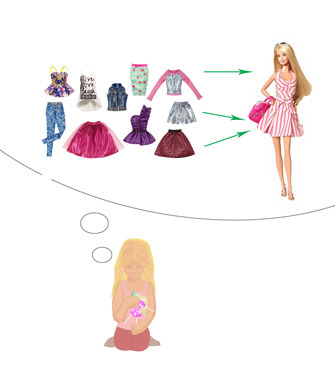One of the purposes of the development of laws in democracies, is to prevent injustices that result from blind obedience to the law of the strongest, which is what happens when there is no law at all. Unfortunately, the law is sometimes diverted from this purpose. This is the case of patriarchal societies, which institutionalize the right of the strongest (the male owner) over the weakest (women, children, slaves). This state of mind is also the one that governs our parasitic relationship to nature.
We say that the law of nature is the law of the strongest (“the law of the jungle”).
However, the cells that make up life are fragile bubbles that, by the complexity of their exchanges within their membrane, manage to survive in adversity. By helping one another, they have learned to survive and create complex structures that can reproduce and adapt in a constantly changing and sometimes dangerous environment.
Humanity itself has taken control of its environment as a weak, but intelligent animal, by helping one another. The human baby is probably the most vulnerable creature, she is both very sensitive and incapable of doing anything on her own. The human mother is more vulnerable than her male, while her importance in the genesis of the human being is immense.
Are these anomalies?
Have we understood what we believe to be the laws of nature?
Maybe it is trying to teach, in its own way, compassion, tenderness and mutual help, to the most intelligent and independent of its children?
Anyway, we certainly live under wrong paradigms, since we are devouring our own womb, nature, in order to satisfy our need for individual and immediate comfort.
The law of the strongest is part of our life paradigms. The strongest are men compared to women, the most numerous compared to the most isolated, the rich compared to the poor …
Using force is sometimes necessary to enforce the law, but it should not be the strongest that decides the law. But, even today in a democracy, it is often the case.
The corollary of the law of the strongest is blind submission. Indeed, when failing to be the strongest, and this is the case of a majority of people, at least in some situations, it is better to be submitted to the strongest, in order to survive. Most people favor obedience over empathy and moral, as Milgram’s experience shows (see below).
The effects of the law of the strongest and submission are multiple: use of scapegoats, oppression of women, misuse of religion to serve looting and patriarchy, lack of compassion in companies and governments, isolation of the most vulnerable (elderly, disabled, single mothers with modest incomes…), violence, a harmful vision of sex …
Unfortunately, these effects maintain the cause, because the fear they generate accentuates blind submission. It is a vicious circle.
If we characterize the level of evolution of a society as its ability to provide security and means to flourish for all, then we see that this capacity is directly correlated to the respect of the most vulnerable, including that of the mothers of humanity, women.
In every society, the degree of emancipation of women is the natural measure of general emancipation
(Charles Fourier)
The French Revolution did not change the condition of the people, neither did communist revolutions, nor decolonization or various “Arab Springs”.
Only feminist revolutions, without pouring blood, have brought about a profound and lasting evolution, a softening of social customs and a social justice probably unique in human history as we know it. This is particularly obvious if we compare today’s Western society with the most patriarchal ones, be they rich like Saudi Arabia or miserable like Somalia. Because oppression of women is the most primitive form of the law of the strongest. The woman is the final scapegoat in all forms of oppression.
The most oppressed man can oppress a being, who is his wife, she is the proletarian of the proletarian
(Flora Tristan)
To question the oppression of women thus undermines all other forms of oppression. This is why an analysis of the patriarchal model deserves a special attention.
Patriarchy
The family model
Patriarchy is a family model that gives all power to the father. He decides on behalf of the family, he has all authority over his wife and children. His wife is his property, so what she produces too, including children.
The woman is our property, we are not her, for she gives us children, and the man does not give her any, so she is his property as the fruit tree is that of the gardener.
(Napoleon, Memorial of St. Helena, Chapter 12)
To ensure the power of the father, the most harshly patriarchal societies go as far as to subject all the possibilities of women to the permission of the father then the husband (right to work, to have a bank account, to travel …) or simply deny any possibility.
It is a total reversal of the original purpose of laws, since it is supposed to serve justice, including protecting the weakest from the abuses of the strongest.
Between the strong and the weak, between the rich and the poor, between the master and the servant, it is freedom that oppresses and laws that liberates.
(Henri Lacordaire)
This family model is directly derived from the law of the strongest, which it helps to maintain. This model contradicts nature itself, since it establishes a system of filiation by the male, while the umbilical cord binds the child to her mother.
The patriarchal system trains women to seduce men in order to survive, whereas in nature, males are vowed to seduce females.
It forces women to be sexually available to ensure the safety of her children, since marriage is intended to sexually bind a woman to a man.
It is also a family model that impairs solidarity between women, since women only survive by their husband, and therefore fear that another woman seduces him.
Religions
The religions of patriarchal cultures are consistent with this family model: God / Allah / Yavhé / Brahma, is an all-powerful creator, master of all destinies, who expects a perfect obedience. Obedience is equated with moral purity. The relationship of humanity to God is like the relationship of women to men, because humanity is generated by the woman, she is the primordial Earth of the child.
The principles that govern Abrahamic religions are just as unnatural. They write that the woman is born from a man’s rib, while nature tells us that every man is born from the womb of a woman. We speak to God using masculine pronouns and adjectives, while nature tells us that the one who gives life is female. Facts show us that crimes, rapes, tortures, destructions are committed mostly by men, but it is on a woman, Eve, that the Bible and the Torah put the weight of all sins of the world. Manu’s laws of Brahmanic Hinduism, and Islam, claim that man brings the “seed” that will give a child.
Woman is considered by law as field, and man as seed
(Manu’s Law, Book 9, paragraph 33)
However, the vegetable seed is an ovum which genome is joined with that of a male gamete, just like the first cell of the child.
Nature teaches us that life is born of the female, who happens to be more vulnerable than her male, in our specie. Maybe it didn’t happen randomly, maybe nature tries to teach us compassion?
Nature doesn’t write its Bible with words, it writes it with genes. The wisdom of nature is the results of millions of years of trials and errors, long before its human child wrote its first symbol.
Education
The gender models used to educate children is directly derived from the patriarchal model. It does not take into consideration the welfare of the child, but simply the conformity, the “submission” to a model with perverse effects.
Toys teach girls seduction and domestic activities. The images of woman that serve them as role models are created by the pimps who govern the media. Girls learn early to see themselves as an object and not as a subject, as an assistant and not as a creator.
Toys teach boys to go to war, to build and to play as a team. The little boy learns that his vulnerability is subject to contempt, and this damages his ability to develop empathy. Because being aware of our vulnerability turns us towards others and teaches us solidarity and empathy.
Man learns a false courage in lies, because to think himself invulnerable is a lie.
Sometimes he thinks he is really superior, because he has built his self-image this way from early childhood, and lives very badly the fact of falling from his throne. Patriarchy has everything to seduce a man who does not know how to rise differently. In a completely patriarchal society, even the most incapable of men can feel like a king among women.
He learns that sex is an act of conquest of the male on the female, the male who enslaves, dirties and humiliates the female, while nature shows us that life emerges from the sex of the woman.
Military leaders sometimes say to their soldiers, to turn them into death machines: “you must kill the woman in you”.
The weaks are despised, hated. They are scapegoats. Men therefore fight with contempt for vulnerability, so as not to be a woman, whereas they should fight to protect the mother and the child. How can one be surprised when these “warriors” become looters and rapists of the conquered populations?
The relationship to nature
The damage that humanity is causing to nature is now well-known: poisoning of springs, rivers and oceans, sterilization of soils, extinction of species and forests, climatic upheavals, accumulation of radioactive waste with multi-millennial life …
Nature is enslaved, prostituted, devoured … Humanity uses and abuses Mother Nature as it does with its human mothers, women. Either of these forms of exploitation derive from the same unhealthy state of mind which led man to enthrone a God in his image, to the point of forgetting that the one who deserves our veneration is the one from who we are all born: Nature.
Milgram experience
The question of obedience to authority was the subject of an experiment by Milgram in 1963, according to the following protocol: subjects, with no judicial or psychiatric history, are instructed to deliver electric shocks to a person as soon as he fails to repeat a list of words correctly. They see at the beginning the person to be attached to a chair and receive electrodes, then they go into a separate room where is the device delivering the shocks. The intensity of the shocks must go up to grades described as dangerous.
In fact, the person receiving the electric shocks is an actor, but the subjects do not know it. He expresses his pain with cries and punches on the walls.
Maybe we would expect that a number of subjects would refuse to deliver shocks? In fact, all of them obeyed the instructor, and a majority (65%) went to the maximum intensity. Some complained to the instructor during the process, but when the instructor insisted, they executed his decision.
By varying the experimental conditions, Milgram notes that obedience is lower when the subjects see the victim, or when there is disagreement between instructors on the continuation of the experiment.

Source: “Hilgard’s introduction to psychology”, 1996, Rita L. & Richard C. Atkinson, Edward E. Smith, Daryl J. Bem Susan Nolen-Hoeksema
Conclusion
Let’s conclude this chapter with Jackson Katz’s passionate speech on Ted.
He points out that the same system that makes men oppress women is also the one that makes men oppress other men. He calls men to use their “peer culture” to make abusive men loose their status. He urges leaders to take a serious stand against violences toward women, not as a sign of “sensitivity”, but as the most courageous, intelligent and effective mean of leadership.

